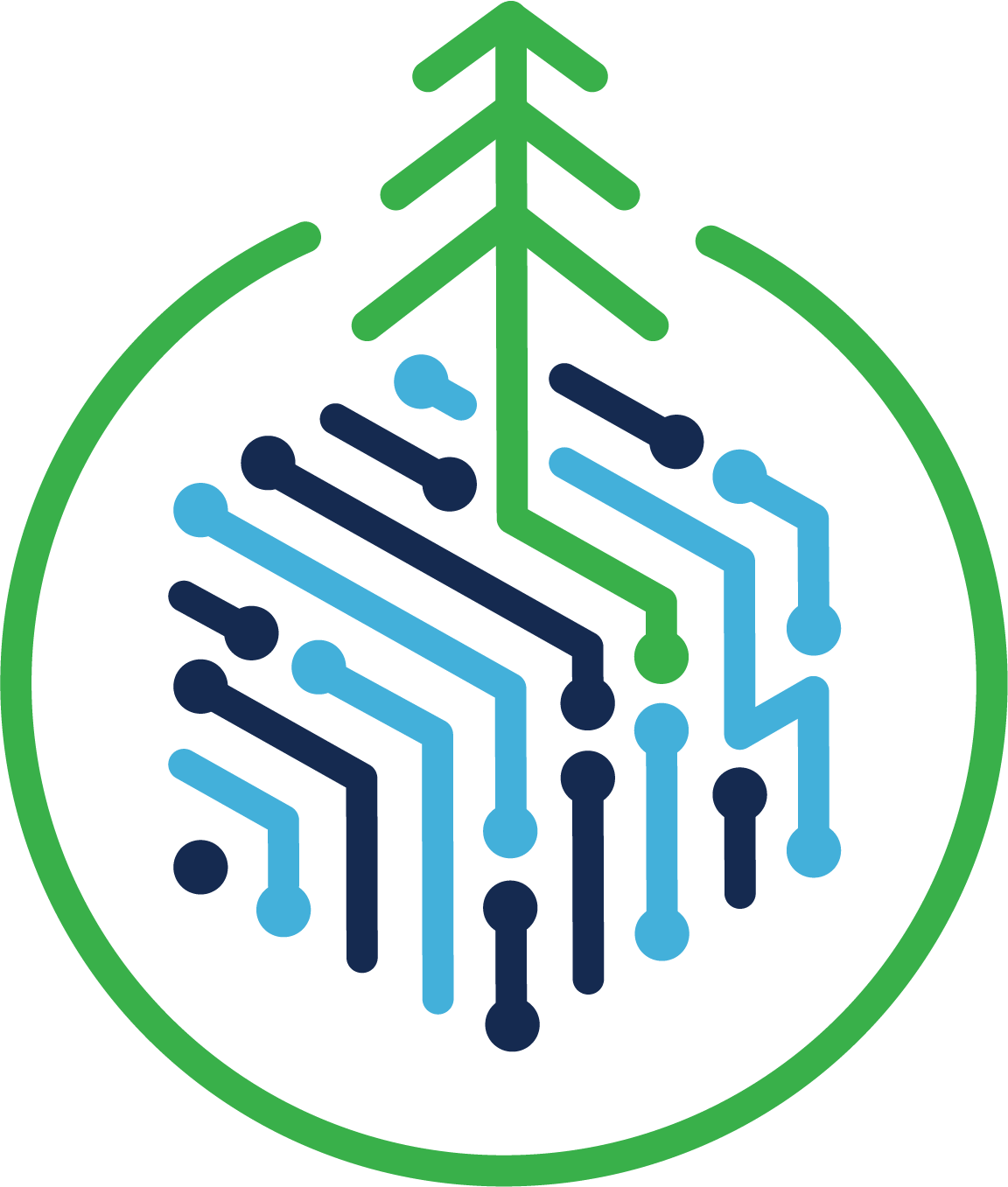Technological advances in agriculture, aquaculture, remote sensing and related sectors are revolutionizing practices that have been around for centuries. As a world-leader in agricultural and environmental sciences, UC Davis is in a unique position on the data science map and puts CeDAR in a position to significantly enhance understanding of food and agriculture systems.
Our research in this area spans from growth and production to food safety and distribution.
Low-cost, Data-Efficient AI-Enabled Sensing Kits for Grape Production

Principal Investigator: Mason Earles, assistant professor, Biological and Agricultural Engineering
Artificial Intelligence (AI) has the potential to transform agriculture by enabling more efficient, higher precision production systems that maximize food yield and quality, while minimizing resource consumption and waste. However, obstacles like variable production conditions, low power supply and low-to-no internet connectivity in the field create unique constraints for AI-enabled agricultural sensing technology.
Earles and his team are working to develop a low-cost, data-efficient vineyard monitoring and yield forecasting system that generalizes well across California’s diverse vineyards. This research builds on the latest advances in machine learning algorithms, edge-compute devices, and image based sensing to improve the efficiency and precision of grape, and more generally, agricultural production systems.
A General Neural Attention Model for Multi-Instance Learning and Microbial Food Safety

Principal Investigator: Gerald Quon, assistant professor, Molecular and Cellular Biology
Microbial food safety is a major concern for sustainable agriculture as foodborne illnesses cause billions of dollars in annual economic losses in the U.S. Foodborne illnesses are typically caused by bacteria, viruses, parasites and antimicrobial-resistance (AMR) pathogens. In particular, the horizontal AMR gene transfer among commensal and pathogenic bacteria is of great concern.
Quon and his team are working to achieve sustainable agriculture by addressing the pressing need for interpretable models for detecting and predicting fresh produce contamination, as well as characterizing the dependence of contamination on AMR gene transfer. Their approach is unique as it represents the first alignment-free method of contamination prediction and will therefore use much more of the available sequencing data for prediction than current methods.
An Integrative Data Science Approach for Agricultural and Environmental Sciences: Harnessing Remote Sensing Data for California's Agriculture

Principal Investigator: Aaron Smith, DeLoach Professor of Agricultural Economics
Technological advances in agricultural and environmental sciences are producing numerous "big" data sets. For instance, remote sensing has opened new research frontiers in agriculture. However, despite the importance of California as a major agricultural producer and exporter, there is currently no reliable, publicly available crop map of California as there are for other states due to the complexity of California's topography and the diversity of its crops.
Smith and his team are working to construct a field-level annual crop map of California from 2007 onwards and to combine it with data on other relevant variables, such as weather, pollution and crop prices. The resulting high-resolution spatiotemporal dataset will allow researchers to study the impact of weather, pollution and prices on acreage decisions in California.

